Kuriyan Matthan, my father, studied at Bishop Cotton Boy's Svhool and then joined the Madras Christian College in Tambaram, Madras to do his BA in Mathematics. He went to London to do his BSc. in Electrical Engineering at Imperial College.
|  | | Wedding of Kuriyan and Mariam MatthanBangalore 1936. K. C. Mammen Mappillai and Dewan Bahadur Kuriyan Matthan are prsent with both my grandmothers
|
He returned from England and married Mariam, only daughter of K. C. Mammen Mappillai. It was the union of twowell respected families of Kerala.
Matthan family at Grace Home in Basavagudi in 1944. I am in my mother's arms on the extremeleft in the front seated row. .
He joined the Mysore Electricity Board as an electrical engineer. His job was to be in charge of the various hydroelectric power stations and manage power distribution around Mysore State. This meant constant visits to Shivasamudram and Jog Falls, where the hydro power generating stations were located.
The Shivasamudram Generator, which was the first hyroelectric power station in India, was commissioneed by the Dewan of Mysore, Sir K. Seshadri Iyer. the grandfather of my classmate, and was orinally feeding Kolar Gold Fields, exclusively, as it supplied power at 110 volts which was suitable for mining operations.
Mysore Palace lit up for the Dassara Celebrations.
In 1947 after the unfortunate incident when Hindutva activists invaded our home, when my father was on tour, on compassionate ground, he was appointed as the Superintending Engineer in Mysore and was additionally in charge of the Mysore Palace Lighting.
I started my schooling at the Good Shepherd Convent in Mysore. In this photo, I am seated third from left on the ground.
In 1949, as the children required more stable education, he was transferred back to Bangalore. He was working under two close friends, Mr. George Chandy (a Christian) and Mr. Hayath (a Muslim).
My father was a sportsman. Every day afterf work, he would go to the Century Club, across the road from his office to plat tennis.
He was an ardent supporter of all the sports activities in the school. He would attend all the matches polayed at the school. He encouraged all his children to actively take part in the school sports.
In 1953, he was on the wrong side of the Chief Minister, Kengal Hanumanthiah, and being a man of principle, he resigned from the Mysore Electricity Board and moved as Technical Engineer of the Bombay Electricity Supply and Transport (BEST).
During Republic Day, when all the major buidlings in Bombay were lit, we would drive around the city, which usually took over 4 hours as all the roads were packed with cars and people. Bombay used to be lit up during Republic Day. He would drive us all around the city, which used to take over 4 hours as all the roads were choked with cars and all the pavements were full of people. It was part of his job to ensure that there was no problem with the electric supply.
He was a member of the Cricket Club of India, so we got member' children passes for all the test matches played in Bombay. G. S. Ramchand, the Bombay test cricketer used to work for him. I got to see Richie Benaud's Australian team play at the CCI.
AS we lived in Meherf Mansions, a building belonging to BEST, on Cooperage Road, directly in front of the Cooperage Football Stadium, we could watch all the games of the Harwood League and the prestigious Rover's Cup from our front balcony. Many friends would turn up for the good matches as Mohan Bagan, Hyderabad Police and the famed Malabar team.
He rose quickly to the post of Chief Engineer.
He was then approached by Killick Nixon to head their electric supply department under which, as Bombay Surburban, he handled electricity supply to as far as Ahmedabad in Gujarat,
In 1966, his friend Mr. K. M. Chinappa, who was a Tata Sons senior engineer, asked my father to take over the small engineering consulting company, Tata Engineering Consultancy Services (TECS) working out of Carnac Bunder in Bombay.
The consulting group grew quickly and became India's second largest engineering consulting company, after Engineers India, the Government of India owned consultancy organisation.
He was a regular church goer and attended the Holy Communion Service every Sunday. As I sang in the chuch choir, I also attended the evening service.
As two of my mother's brothers and a few cousins lived in Bombay, every other weekend, we would go to Juhu Beach on Saturday afternoons to swim and play on the beautiful sea sand.
When I got home on Sunday evening, all the local relatives would assemble at our house to sing hymns. My father would play the piano and we all sang. His youngest sister, Papachi, whose husband, G. T. Verghese, was the Technical Director in Firestone Tyre Co. Ltd., would be there and many times she would take the turn to play the piano. There was great family spirit which was fostered by my mother.
In 1971 he celebrated his 60th birthday in Bombay. I asm seated on the floor on the far right.
He suffered a serious heath set-back when he developed pancreatitis in 1973, which led to his retirement.
At the request of JRD Tata, he was given the task to set up the Bangalore operations of TECS.
This grew quickly and became a bigger operation that the Bombay unit.
He was also appointed as Director of the Karnataka Power Corporation and was in charge of setting up the Thermal Power plant at Raichur.
He was also serving as an Advisor to the Kerala Power Corporation and also the Engineering Advisor to MRF Ltd. He got two of his trusted employees from BEST, Mr. Rao and Mr. Dias, to be the commissioning engineers of MRF Ltd factory in Madras.
He set up a small photocopying company in the Lalbagh Road House, where his ageing mother was living. It was the same house we had lived in when we grew up in the early 50s. He operated out of the grage. The main work was, as the Chairman of the Old Boys Association of Bishop Cotton's School, to meet all friends of the school. But the main desire was to be available for his mother.
Family photograph in 1976 at our Basavangudi House in Bangalore.
He used to go to te office on a scooter. We then stopped him and gave him a small Austin Minor. My mother had a car and driver, but he preferred to drive himself. Finally, diabetes caught up with him.
His eyesight was failing and he finally had to stop this work.
However, he would attend all the Bishop Cotton School events and many Old Boys, who came from far away as Australia and Canada, would drop in to see him.
He continued his church going at St. Mark's Cathedral.
He was home in Bangalore, a city he loved dearly. He had friends from every generation in Bangalore and they all held him in great resperct as he was always ready to help anyone who asked him.
He passed away in 1993, leaving behind his wife, two sons and one daughter, his eldest daughter having passed away in 1960. He and my mother brought up his grandson from his eldest daughter.
In this blog entry, the immediate family of my father has been highlighted.
Individual pages of all the children will be created as part of my memoirs.
The page of his eldest daughter, my elder sister, Nalini, is already a part of ther memoirs. |



 A
A









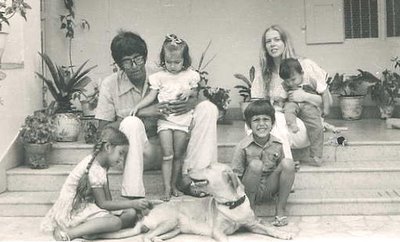


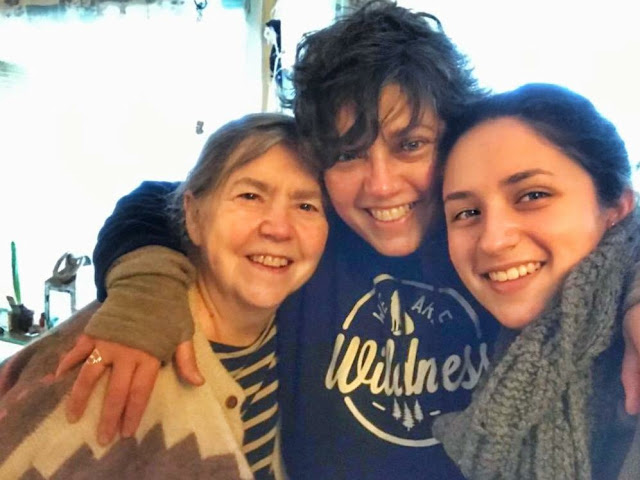





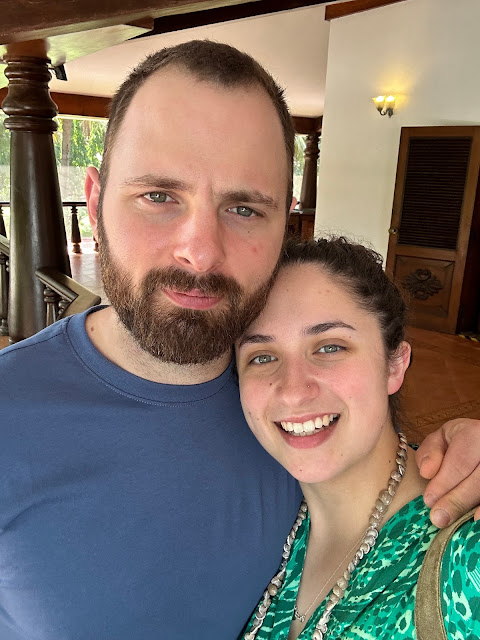










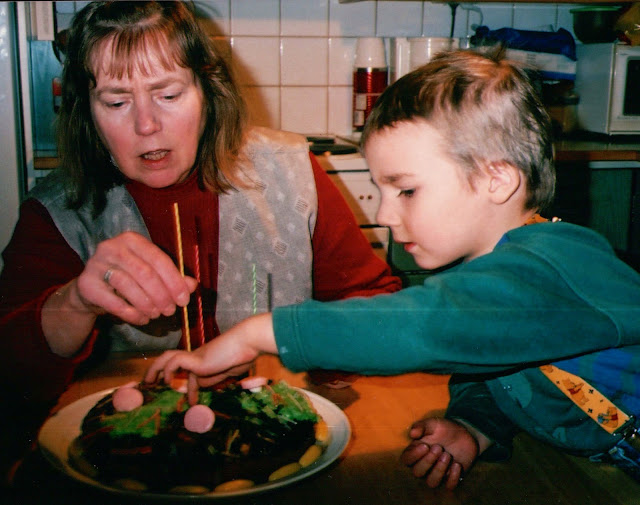







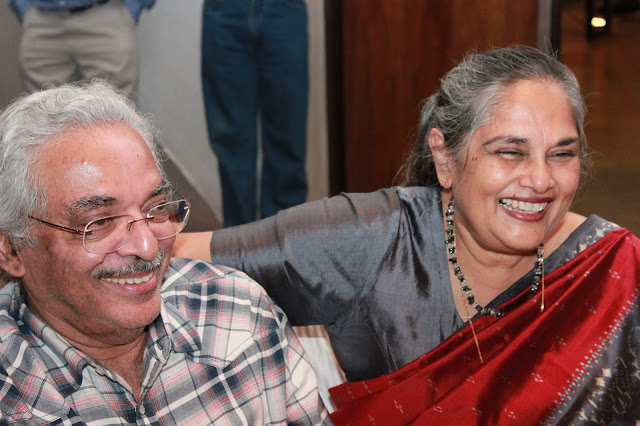





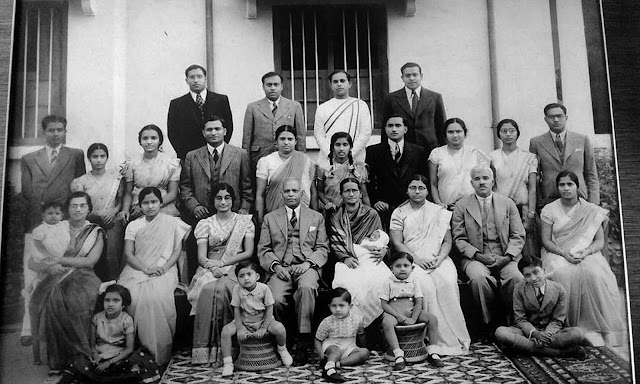

















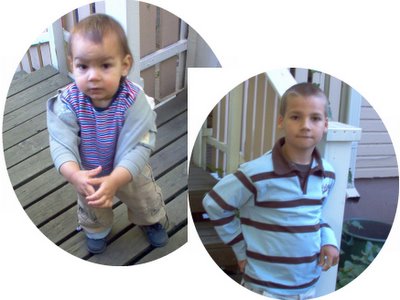










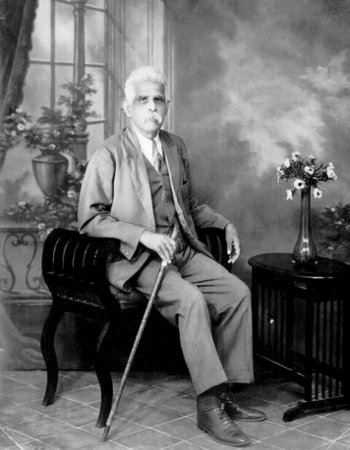
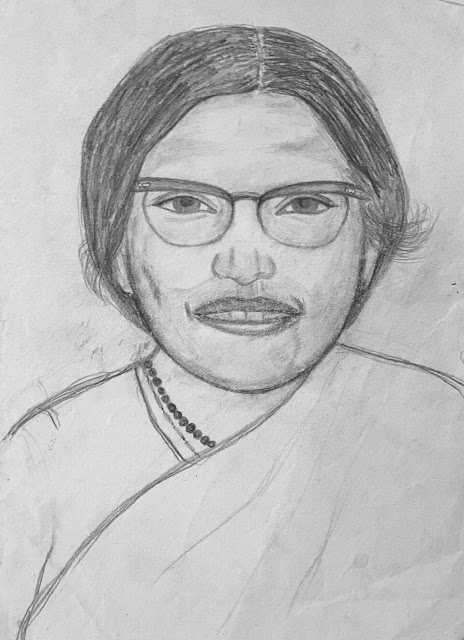
Comments
Post a Comment